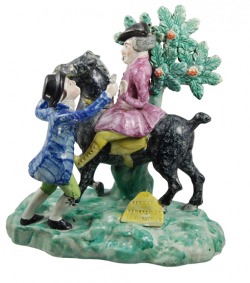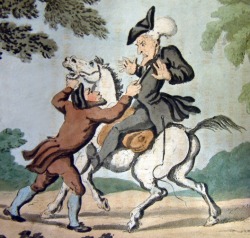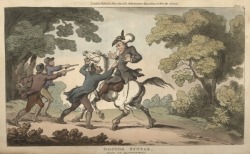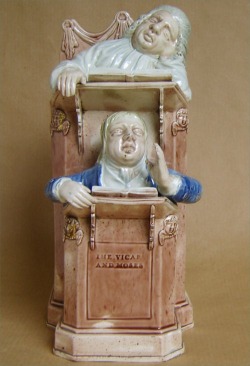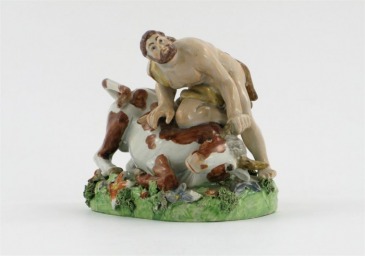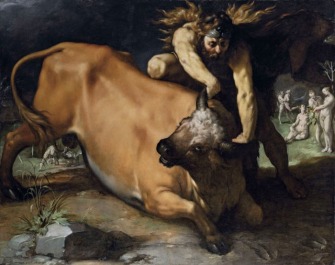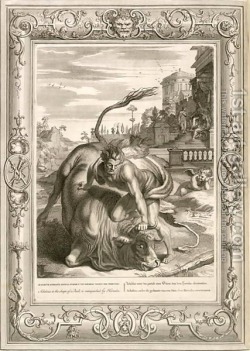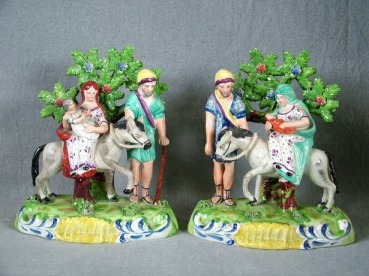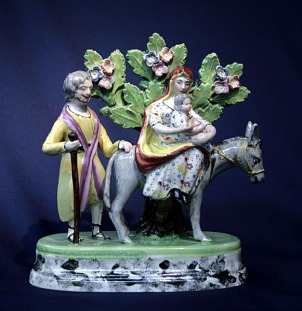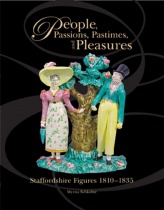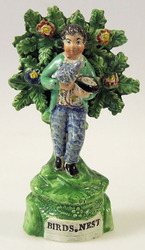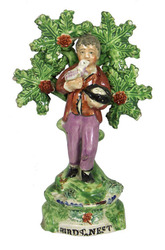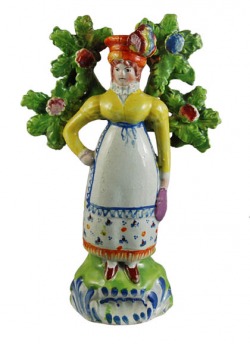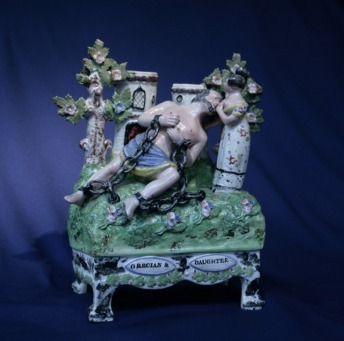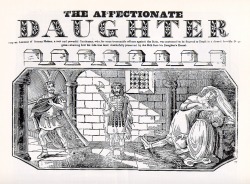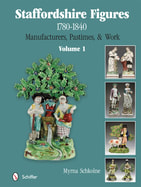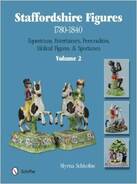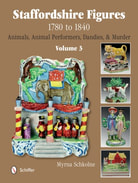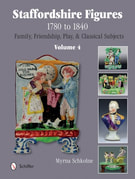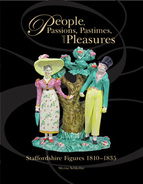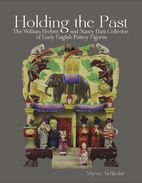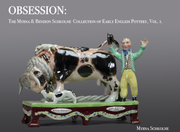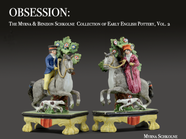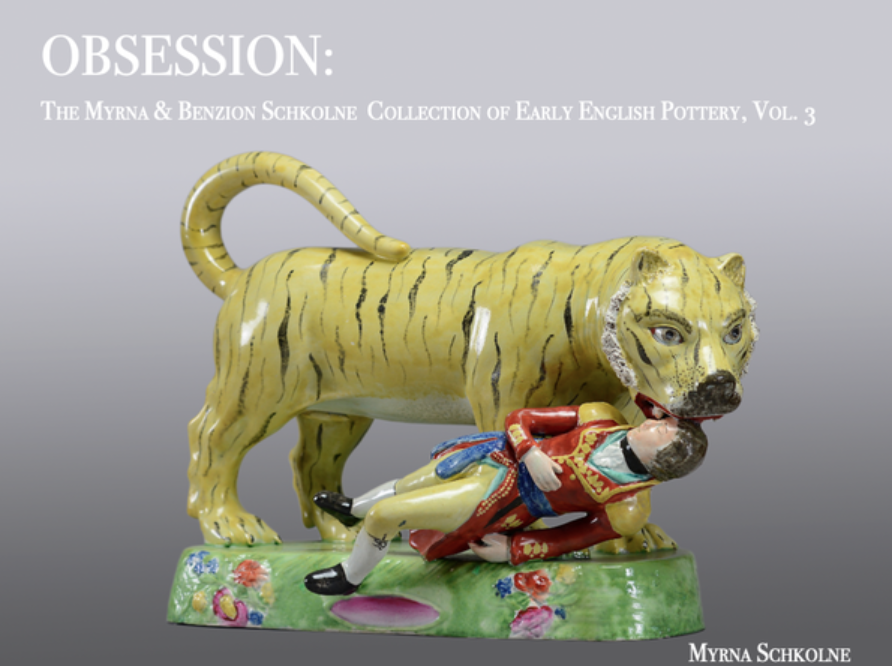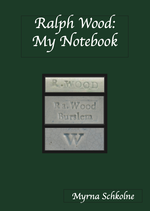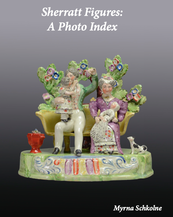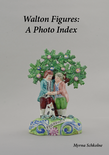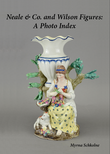I think the trouble was that the slick- set in London was into modern ‘stuff’ and Gareth was SO good at what he did….so Bonhams gave him the task of building that ghastly market. Gareth moved onto a new world. And Bonhams decided that Staffordshire figures at modest prices just weren’t worth too much time in London, so the bulk would be lumped into Bonhams Oak Sales at Chester. Beth moved over to Bond Street—and Staffordshire was relegated to a novice team in Chester.
The auction offerings at Bonhams Chester get progressively bleaker and, given the consistently distressing cataloging, that is perhaps understandable. Each catalog compels me to correspond with the "specialists". Next sale is Jan 13 and Bonhams Chester seems to be down for a Christmas break that extends till after new year, but perhaps someone is browsing the web and can tidy up the online catalog before it goes to press. Here are my thoughts. (Clicking on the underlined words will link you to Bonhams.)
Lot 35
a figure representing Grief, modelled as Andromache stood before an urn, grieving over the ashes of Hector,
Might I suggest this figure is Charlotte at the Tomb of Werther? Click here and scroll down to read why. While porcelain collectors seem to understand the difference between Andromache and Charlotte, old pottery books have confused the issue. But Bonhams' own data base has this right. In fact, Bonhams Chester cataloged this figure form as Charlotte mourning Werther last January and in 2008 . Why the change of heart?
ALSO Lot 35
a figure of a classical female figure holding two doves, a large fish and putti stand beside her, mounted on a square pedestal base,
This figure is known (to most of us!) as Venus. The two doves she holds are her attributes. The “fish” at her side is clearly dolphin. The putti (and I
can only see one, making it a putto, I believe) is Cupid. Lady+2 doves+dolphin+Cupid=Venus. Get it?
Lot 31.
A rare Wood & Caldwell bronze glazed figure of Fortitude, circa 1790-1810
Why 1810? As Wood and Caldwell were in partnership from 1790 until 1818, would it not be more correct to date the figure 1790-1818?
Lot 37 .
A pair of Staffordshire pearlware figure groups depicting the 'Flight in to Egypt' and the 'Return from Egypt', possibly Sherratt.
Well, if I was a betting person, I would have wagered these figures were WALTON. That’s because I have never seen a pair like this that was NOT marked Walton on the rear. However, there are look-alikes of quite a few of the 100 marked Walton figures, so these may well be unmarked Walton figures. Walton-type would be a fair attribution in the absence of a mark. BUT HOW COULD ANYONE ATTRIBUTE THESE FIGURES TO SHERRATT?? This stretches my brain to the point of pain. There is not a single feature on these figures that might link them to the group of figures dubbed “Sherratt”.
Lot 39
A Staffordshire 'The New Marriage Act' figure group Circa 1825.
I hope Bonhams looks at this figure again to ensure that it is not a much later reproduction because it lacks the vitality in modeling associated with early figures. I spent many hours compiling emails to Bonhams Chester a few months ago to ensure recataloging of a reproduction bull baiting group, which had been described as early 19th century! I don’t want to go through that ever again.
Lot 42
A Staffordshire pearlware figure of Elijah and the Raven. Circa 1820-30. … together with a Staffordshire figure, modelled as a classical female figure seated upon a barrel, a water jug at her feet, decorated with painted enamels and mounted on square plinth base, 24cm high.
The figure paired with Elijah is not some random classical female. Instead, it is the Widow of Zaraphath. Together, these figures are possibly the most common Staffordshire pairing.
I am amazed at the number of “ordinary” Toby jugs described at “Wood type” and see no basis for linking some of these to Wood.
I notice Bonhams online catalog comes with a caveat: “The above is information about lots that are currently entered in Bonhams' sales. This information is provided here for convenience only and in all cases the printed catalogue and saleroom notices take precedence.” So much easier to get it right the first time…especially when online catalogs are valuable contributions to our knowledge base, and especially when you are Bonhams and not some rinky-dinky provincial auction house. Above all, I hope the catalogers at Bonhams Chester resolve to give the figures I love the respect and attention they deserve in the new year.
